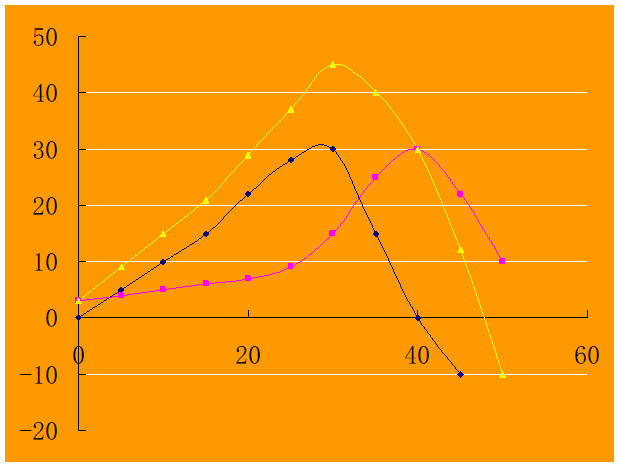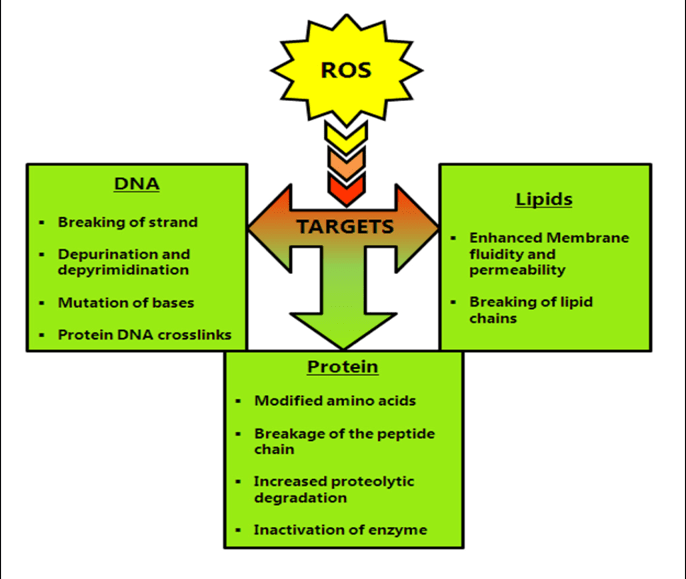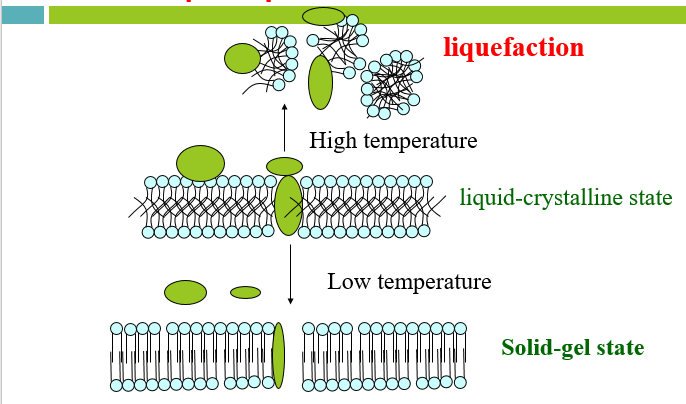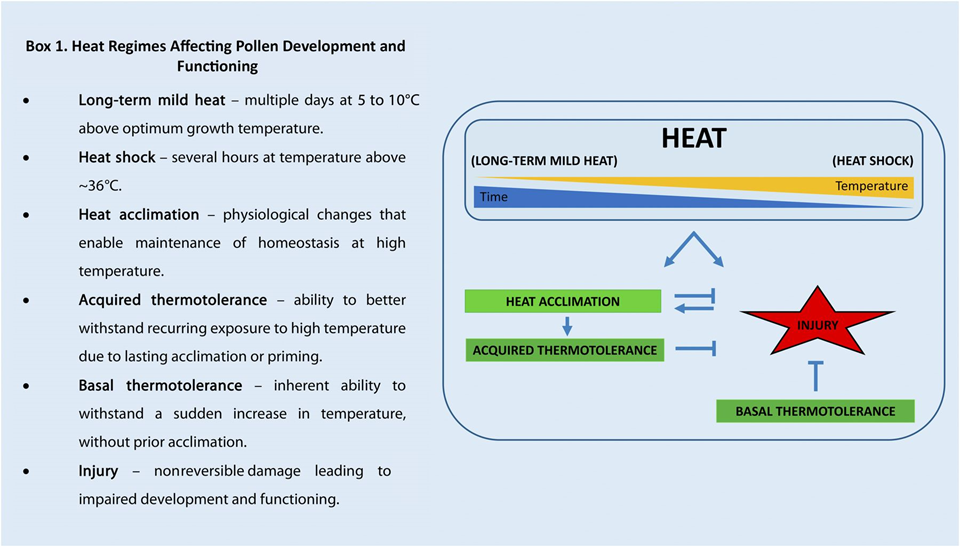HEAT STRESS
What is Heat Stress
¨Heat stress is often defined as the rise in temperature beyond a threshold level for a period of time sufficient to cause irreversible damage to plant growth and development.
¨ In general, a transient elevation in temperature, usually 10–15 ◦C above ambient, is considered heat shock or heat stress.
Heat-stress threshold
¨Most tissues of higher plants are unable to survive extended exposure to temperatures above 45°C.
¨Non-growing cells or dehydrated tissues (e.g., seeds and pollen) can survive much higher temperatures than hydrated, vegetative, growing cells.
¨but dry seeds can endure 120°C, and pollen grains of some species can endure 70°C.
¨In general, single-celled eukaryotes can complete their life cycle at temperatures 50°C, and prokaryotes can divide and grow above 60°C.
¨A threshold temperature refers to a value of daily mean/average temperature at which a detectable reduction in growth begins.
¨Cool season and temperate crops often have lower threshold temperature values compared to tropical crops.
Threshold high temperatures for some crop plants
| Crop plants | Threshold temperature (◦C) | Growth stage |
| Wheat | 26 | Post-anthesis |
| Corn | 38 | Grain filling |
| Cotton | 45 | Reproductive |
| Pearl millet | 35 | Seedling |
| Tomato | 30 | Emergence |
| Brassica | 29 | Flowering |
| Cool season pulses | 25 | Flowering |
| Groundnut | 34 | Pollen production |
| Cowpea | 41 | Flowering |
| Rice | 34 | Reproductive |
Heat injury
- Indirect damage
(1)Starvation。
¨Temperature compensation point: Pn is equal to zero, at high temperature Respiration is much larger than photosynthesis.
¨(2)Poisoning。
¨Ethanol or acetaldehyde, free radicals
¨(3)deficiency of biotins。
¨Biotins,Vitamins
¨

Respiration is larger than photosynthesis under high temperature
(4)damage of nuclecic acids and proteins.

- Direct damage
(1)Protein denaturation
¨Configuration damage
¨The degree in denaturation is positively related to water content in plant tissue.
¨Dry seed is able to resist to 70-80℃。
¨(2)Lipid liquefaction

Effects of heat stress
Pn, Rs, and Ci indicate photosynthesis, stomatal conductance, and intercellular CO2 concentration, respectively

Mechanism of heat resistance
(1) High stability of protein under heat stress。
(2) Lower water content
(3) High contents of saturated fatty acid.
(4) High contents of organic acid。
¨CAM——extremely heat-resistance ——a great number of organic acid.
¨Lessen or protect them from NH3 poison.
¨Heat induced the accumulation of NH3 in the succulent plants, by an excessive production of the organic acids through CAM pathways, thus, it prevents the NH3 induced cytoplasmic alkalinity.
(5)Formation of heat shock proteins (HSPs or hsps)
¨Heat shock proteins are a newly synthesizing set of proteins that organisms ranging from bacteria to humans respond to high temperature.
¨Functions:
protect or repair proteins, nucleic acids and
biomembrane from heat injury.
¨More than 30 HSPs, 15-27kDa, some are chaperons
Plant responses to heat stress
- Morphological symptoms
High temperatures can cause considerable pre- and post-harvest damages, including
¨scorching of leaves and twigs
¨sunburns on leaves, branches and stems
¨leaf senescence and abscission
¨shoot and root growth inhibition
¨fruit discoloration and damage
¨reduced yield.

2. Anatomical changes
anatomical changes under high ambient temperatures are generally similar to those under drought stress.
- reduced cell size,
- closure of stomata and curtailed water loss
- increased stomatal and trichomatous densities
- greater xylem vessels of both root and shoot
- reflective leaf hairs and leaf waxes.
- leaf rolling and vertical leaf orientation.
¨Some desert shrubs—for example, white brittlebush (Encelia farinosa, family Compositae)—have dimorphic leaves to avoid excessive heating: Green, nearly hairless leaves found in the winter are replaced by white, pubescent leaves in the Summer.

